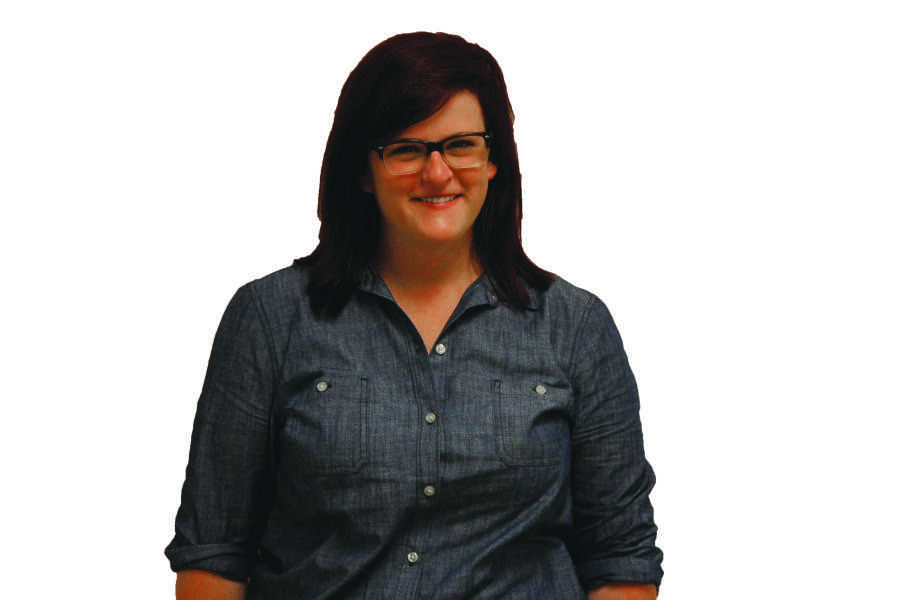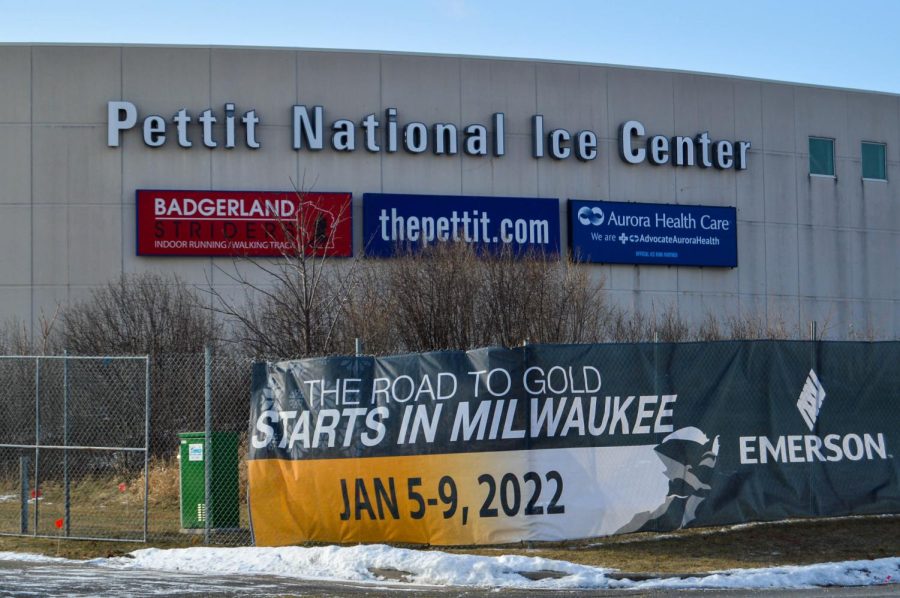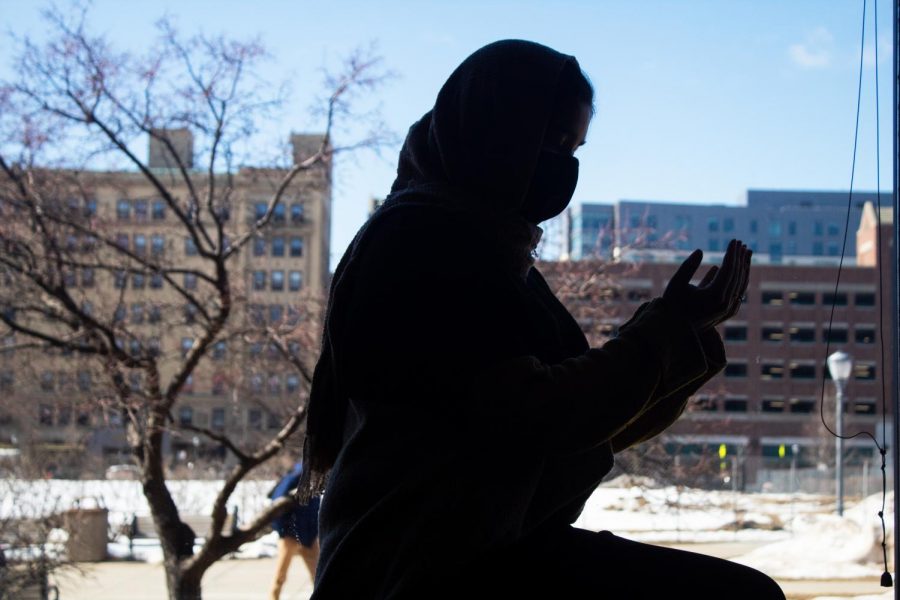Just over a year ago, I was walking along a street in Beijing, window shoppping in an upscale neighborhood. I was studying abroad through a Marquette program, surrounded by the unfamiliar, when I suddenly saw a reminder of home—a Harley-Davidson motorcycle.
Though I was halfway around the world, I was confronted with a piece of engineering built just blocks from Marquette’s campus.
As I explored the Harley-Davison 110th Anniversary Celebration this past weekend, I was often reminded of that moment of connection and hometown pride I felt in China.
Three full days covering the rowdy festivities left me tired, sunburnt and plus one pretty awesome T-shirt. But the thing that impressed me the most was seeing the way Harley-Davidson manages to feel local, national and global all at the same time.
Though I first saw Harley on the international stage in China, it wasn’t until this weekend that I realized the true global reach of the brand.
Though Milwaukee’s events are by far the largest, with conservative estimates at more than 100,000 riders entering the city for the celebration, Harley has hosted anniversary events around the world this year in China, India and Austria, among others.
As I meandered through the hub of activity around the Harley-Davidson museum, I even met an artist, David Uhl, who attended the Harley celebration in Rome this June where the supreme pontiff himself blessed rows of bikes for Harley’s 110th year.
Uhl, fittingly called the “Norman Rockwell of Harley-Davidson” by the Catholic News Agency, was commissioned by Harley and the Pope to create a commemorative painting of a Harley in Vatican Square, breaking away from his typical paintings of scantily clad pin-up girls leaning over the bikes.
Uhl presented the work to Pope Francis in person, making him something of a celebrity this weekend as he painted in a tent amid the festivities.
Beyond Harley’s events around the world, the international precence was clear in Milwaukee this weekend. As I walked through the crowds flocking to see concerts, parades and the museum, a mix of languages and accents filled the air. I talked with fans who traveled from South Africa and Switzerland and a group who rode their bikes five days from Mexico City for the event. The parade saw large contingents from Taiwan, China, Great Britian and New Zealand waving their flags and sporting leather jackets stitched with their hometown.
Despite the international draw, to me something about Harley-Davidson remains inexplicably American.
As I stood amid a sea of leather and chrome, the smell of exhaust and the thunder of hundreds of Harley engines roaring to life, I thought to myself “Now, this is America.” It was a level of patriotism I usually reserve for visiting the Lincoln Memorial, listening to Bruce Springsteen and top-notch barbecue.
I struck up a series of conversations with bikers at the celebration, each discussion inevitably turning to topics of American imagery: beer, flags, rock ‘n’ roll, the open road and the freedom to do whatever the hell you damn well please.
It seems to create a tension, at first, the way Harley evokes both Americana and a global appeal. But perhaps those “American” qualities, which seem so specific, are more international than we like to think. Maybe the freedom, camaraderie and legacy that I and so many I talked with connected to our vision of America, are in fact universal. This weekend instead suggests that no matter the language, the roar of an engine sounds like freedom, the feel of leather speaks of rebellion and Harley-Davidson is synonymous with a community of passionate fans.
Erin Heffernan is a senior studying writing intensive English and political science. Email her with comments or suggestions at erin.heffernan@marquette.edu.






